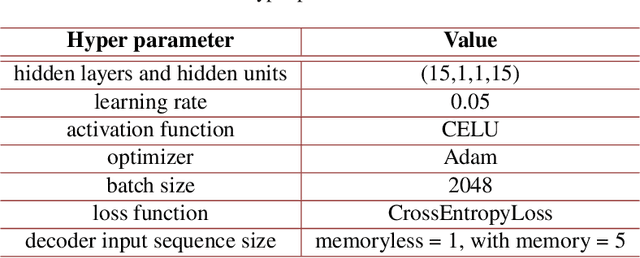Leslie A. Rusch
Auto-Encoder Optimized PAM IM/DD Transceivers for Amplified Fiber Links
Feb 12, 2024



Abstract:We examine pulse amplitude modulation (PAM) for intensity modulation and direct detection systems. Using a straight-forward, mixed noise model, we optimize the constellations with an autoencoder-based neural network (NN), an improve required signal-to-noise ratio of 4 dB for amplified spontaneous emission (ASE)-limited PAM4 and PAM8, without increasing system complexity. Performance can also be improved in O-band wavelength division multiplexing system with semiconductor optical amplifier amplification and chromatic dispersion. We show via simulation that for such a system operating at 53 Gbaud, we can extend the reach of PAM4 by 10-25 km with an optimized constellation and a NN decoder. We present an experimental validation of 4 dB improvement of an ASE-limited PAM4 at 60 Gbaud using an optimized constellation and a NN decoder.
Silicon Photonics in Optical Access Networks for 5G Communications
May 12, 2021



Abstract:Only radio access networks can provide connectivity across multiple antenna sites to achieve the great leap forward in capacity targeted by 5G. Optical fronthaul remains a sticking point in that connectivity, and we make the case for analog radio over fiber signals and an optical access network smartedge to achieve the potential of radio access networks. The edge of the network would house the intelligence that coordinates wireless transmissions to minimize interference and maximize throughput. As silicon photonics provides a hardware platform well adapted to support optical fronthaul, it is poised to drive smart edge adoption. We draw out the issues in adopting oursolution, propose a strategy for network densification, and cite recent demonstrations to support our approach.
 Add to Chrome
Add to Chrome Add to Firefox
Add to Firefox Add to Edge
Add to Edge